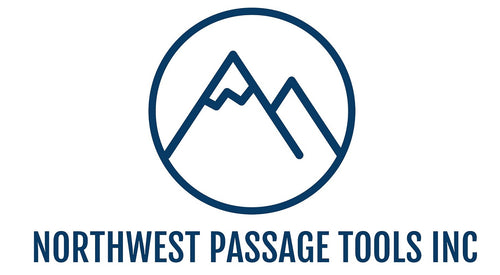I used the MMS-1 square to help me punch all the square holes in the bedside table I'm working on. Most of the work was done in a class at Darrell Peart's shop in Seattle. I've assembled the whole bedside table and two of the three drawers. I want to put an inlay design in the lower drawer before assembling it. All of these drawer parts are now cut to final size, so now it is time to start the inlay.
The first steps of a new inlay for me are always to debate if I really want to risk putting an inlay on a project that is almost finished and also to decide what the theme for the inlay will be. In this case, I wanted some Iris flowers and some bees.
I spend a lot of time creating a line drawing that I'm happy with. If I'm not happy with the line drawing, then I assume that I won't like the finished inlay either - I don't ever assume that rendering the design in wood will somehow fix my poor artwork. Since I'm not very artistic, to create the line drawing, I will usually try to find drawings or photos that I like and then try to combine them together by tracing and retracing. When working from photos, I try to simplify the design as much as possible.
Once I'm happy with the line drawings, then I'll try to decide on colors, wood selection for the inlay and then onto grain direction/graphics. I make many photocopies of my line drawing from one master so that the copies can be cut up for me to use as a guide in fretsawing the individual pieces. I take one of the copies and mark up what woods will go where.
I then go through the process of cutting out all of the pieces, assembling them in the correct orientation on a piece of wax paper on top of one of the drawing copies, and then using black epoxy to permanently connect them. Then once the epoxy is dry I use duco cement to temporarily tack each assembled element to the piece I'm inlaying. I then use a sharp knife and/or pick to scribe around the inlay element. The duco cement bond can either be removed by sliding a thin blade between the epoxied inlay and the substrate or running some acetone into the joint. The acetone will dissolve the duco cement, but not the epoxy.
Once I've scribed around each element, then I use a rotary tool and small router bits to route a recess to the same depth as the thickness of the inlay. Typically I'm using 1/16" thick (1.5mm) thick inlay material, so this is the thickness I'm trying to make the recess. I use a foredom rotary tool and a base sold by William Ng, but dremels or other systems will work as well.
Here I am checking the fit of each element after routing the recesses. Because the drawer front is Sapele which is a fairly dark wood, I wiped some varnish on the area to be inlayed before scribing because I think it makes the lines easier to see when routing the recess.
Once I've checked them and I'm satisfied that every piece will fit in the recesses, then I'll start gluing the pieces in place, again using black epoxy. Hopefully I will get to this next week!


